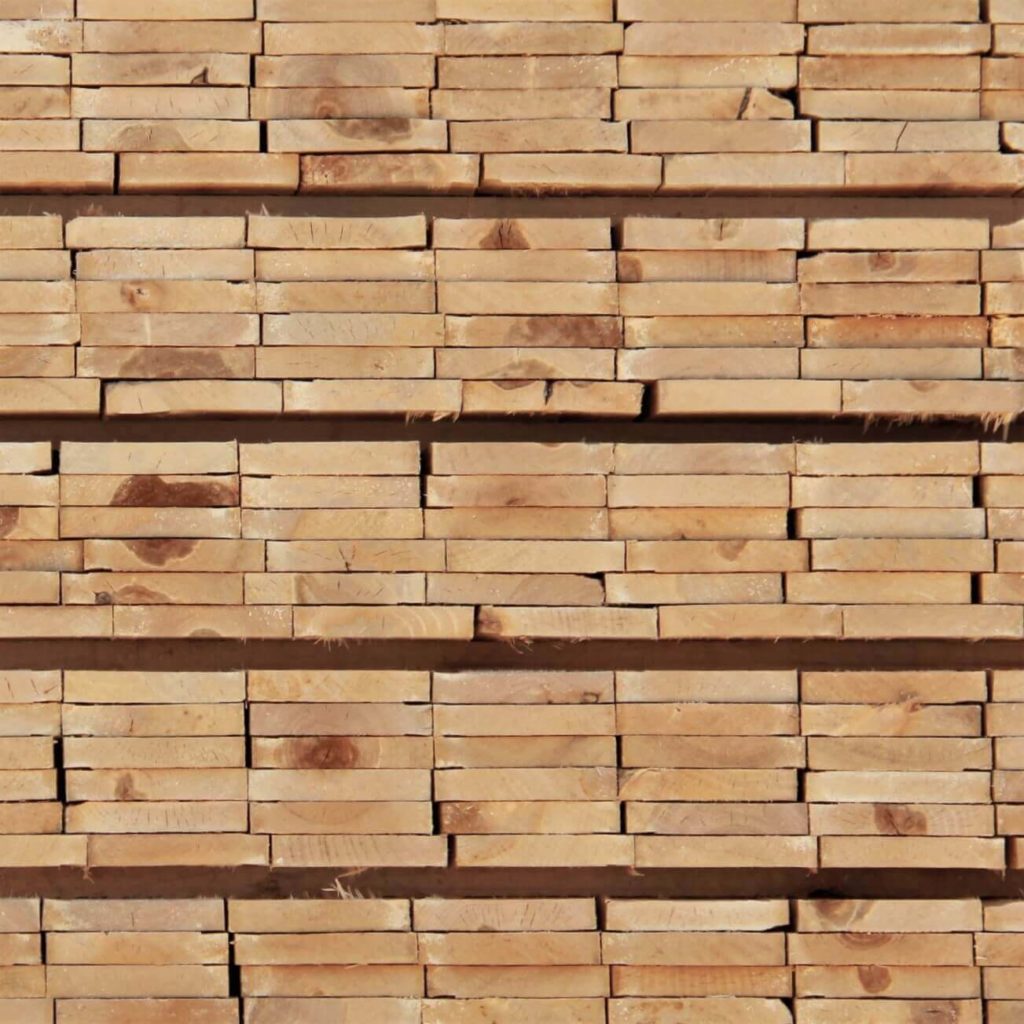Wood is among the most diverse materials used in construction and manufacturing. Its inherent characteristics make it a perfect fit for various applications, such as blocking. But what is wood for blocking, and how is it utilized across industries? In this guide, you will learn about all the applications of wood when it comes to blocking, what kind of wood is generally applied, and how to select the most suitable wood for your project. Whether you are a contractor, a hobbyist, or just curious about the utilitarian uses of wood, this guide will show you why wood for blocking is still a much-needed material in construction and other applications.
What is Wood for Blocking?
- Blocking positions a material—most commonly wood—between two pieces of structure to offer support, stability, and reinforcement. It finds application in all uses, from building construction to furniture production, shipping, and transport.
- When used in construction, wood for blocking is an integral part of framing, holding walls, and other structural parts firmly and securely in place. It’s usually installed between studs or joists to provide extra support. In furniture production, wood for blocking can stabilize pieces such as legs or panels so they don’t fall apart over time.
- Further, wood used to block is equally important in transportation and shipping. Blocking can provide stability and cushioning to protect items during movement, keeping them from shifting around and getting crushed. For instance, pallets are usually blocked with wood so that goods are safe when packed into a transport container.
Types of Wood Used for Blocking
Not all woods are appropriate for blocking. The type of wood is determined by several factors, including strength, durability, and the project’s specific needs. Some of the most popular types of wood used for blocking are listed below:
- Softwoods:
Softwood species, such as pine, cedar, and fir, are the most used for blocking because they are easy to get and work with. Softwoods tend to be less dense than hardwoods and thus easier to cut and shape. Though not as durable as hardwoods, they are adequate for most uses in blocking. Softwoods are used in residential construction for stud blocking, especially where the blocking will be under drywall or other finishes.
- Pine: Pine is one of the favorite woods for blocking because it’s inexpensive and simple. It’s widely used for framing and other construction applications.
- Cedar naturally resists rotting, which is a big advantage when used for exterior blocking purposes, particularly in applications subject to water.
- Fir: Fir is hard and relatively light, thus appropriate for building blocking and furniture-making endeavors.
- Hardwoods:
Hardwoods are stronger and heavier than softwoods and highly suitable for applications where additional strength is required. Hardwoods such as oak, maple, and beech are commonly applied in wood for blocking heavy-duty buildings, furniture construction, and shipping.
- Oak: Oak is very strong and resilient and highly suitable for applications where the blocking must support heavy loads or stress.
- Maple: Maple is dense and very hard, which suits uses where an exact fit is needed, like in cabinetry or furniture making.
- Beech: Beech wood is strong and wear-resistant, so it is a suitable choice for blocking parts subject to heavy use or loads.
- Engineered Wood Products:
In others, engineered wood products such as plywood, MDF (medium-density fiberboard), and OSB (oriented strand board) are employed in blocking. These consist of wood fibers or strands bonded with adhesives, thus being more uniform in strength and size than natural wood. They are commonly employed in contemporary construction and production.
- Plywood: Plywood is a versatile product commonly applied to blocking walls and ceilings. It has considerable strength and can be reduced to many sizes to suit the project’s specific requirements.
- MDF: MDF is a compact, even, and smooth substance typically used in furniture-making. MDF can be cut into desired shapes and dimensions, so it is perfectly suitable for blocking up complex designs.
- OSB: OSB is used in construction frequently for stud blocking since it offers good support and is inexpensive.
Conclusion
In summary, wood for blocking is an indispensable and general-purpose material that finds application in various industries. It is utilized in construction and furniture production, shipping, and transportation. Knowing the different types of available wood and their uses enables you to make a well-informed choice when purchasing wood for blocking in your subsequent project.






